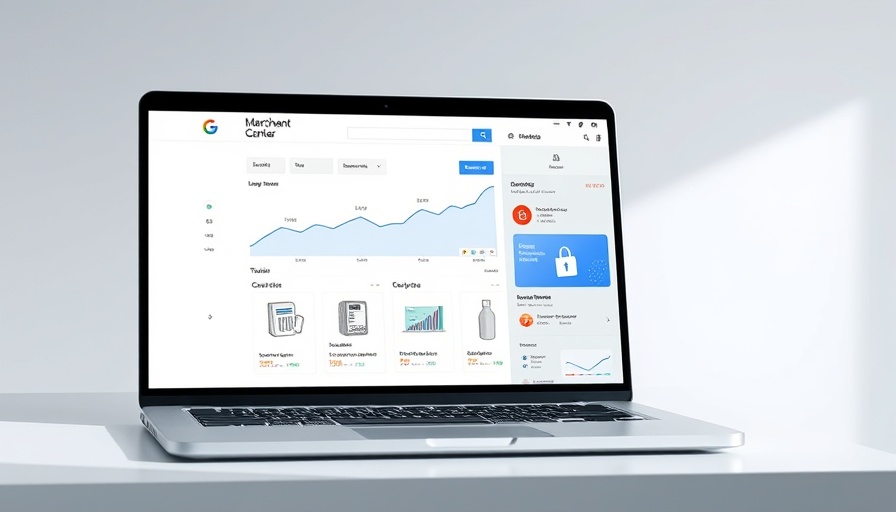
Google’s Merchant Center: Essential Updates for Online Sellers
The digital landscape for e-commerce is constantly evolving, and Google’s recent updates to the Merchant Center are a perfect example. With new guidelines rolling out in phases—April 8 and July 1—online sellers need to adapt quickly to stay competitive in a rapidly changing tech environment. This article breaks down the essential changes that every retailer must understand.
Understanding the Key Changes Effective April 8
Starting April 8, three major updates will reshape how sellers interact with customers:
-
New Instalment Pricing Rules: Previously, sellers could use the
[price]attribute for deposit values on installment products. Going forward, they must specify[downpayment]under the[installment]attribute, ensuring that the[price]reflects the full payment upfront. This promotes transparency in pricing, helping shoppers make informed decisions. -
Updated Energy Labels: For EU countries, Google will replace the energy efficiency classification attributes with a more flexible
[certification]attribute, accommodating both new and old energy labels. Countries like Norway and the UK continue using the original energy classifications, reflecting the varying regulations across regions. -
Enhanced Delivery Options: New attributes provide more detailed delivery options including
[carrier_shipping], allowing sellers to give accurate information about handling and transit times directly in ads and listings.
Upcoming Changes Expected by July 1
The second phase of updates launching on July 1 will introduce further modifications that significantly impact how sellers manage their product listings:
-
Member Pricing Updates: Current practices that allow for member discounts in
[price]or[sale_price]attributes will be eradicated, paving the way for a new approach. Now, sellers must utilize the[loyalty_program]attribute for any loyalty discounts offered, helping to maintain consistency across listings. - US Sales Tax Requirements Ending: A noteworthy change is the removal of the need for US sellers to include sales tax information in their Merchant Center settings. After July 1, previously rejected products due to missing tax details may once again appear in search results, potentially impacting ad expenditures.
What These Changes Mean for Sellers
For online retailers, these updates require a thorough reassessment of product data structure and listing methods. Whether it’s clarifying payment plans or updating energy labels to meet EU regulations, adapting to these changes is essential. The elimination of sales tax reporting may streamline processes for US merchants, allowing them to focus on driving sales rather than compliance concerns.
Practical Steps for Preparing Your Merchant Center
To adequately prepare, online sellers should follow these actionable insights:
- Review product feeds for outdated attributes and make necessary updates.
- Implement the new installment pricing rules immediately to avoid listing disruptions.
- EU sellers should transition to the certification attribute for energy labels at the earliest opportunity.
- Adapt loyalty pricing strategies before the July date to ensure smooth compliance.
Conclusion: Stay Ahead in the Tech-Driven Marketplace
In a world increasingly dominated by e-commerce, being informed about technological updates is crucial. Google’s latest changes to the Merchant Center not only aim to enhance user experience but also facilitate a more streamlined process for sellers. Staying ahead of these updates can provide clarity for both retailers and their customers, ensuring successful engagement in the competitive online marketplace. Embrace these changes and consider how they can benefit your sales strategy.
 Add Row
Add Row  Add
Add 




Write A Comment